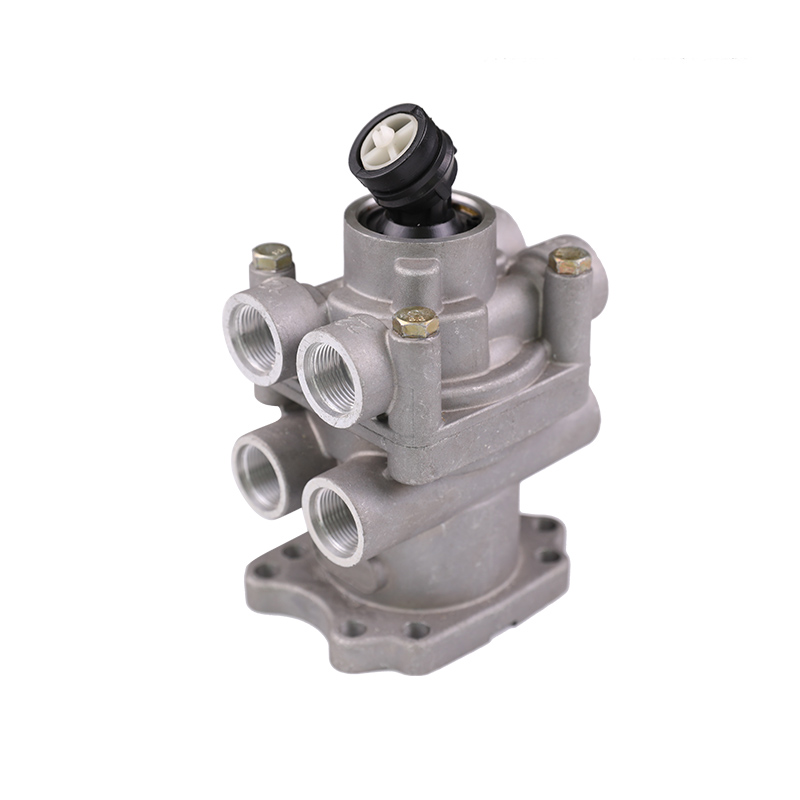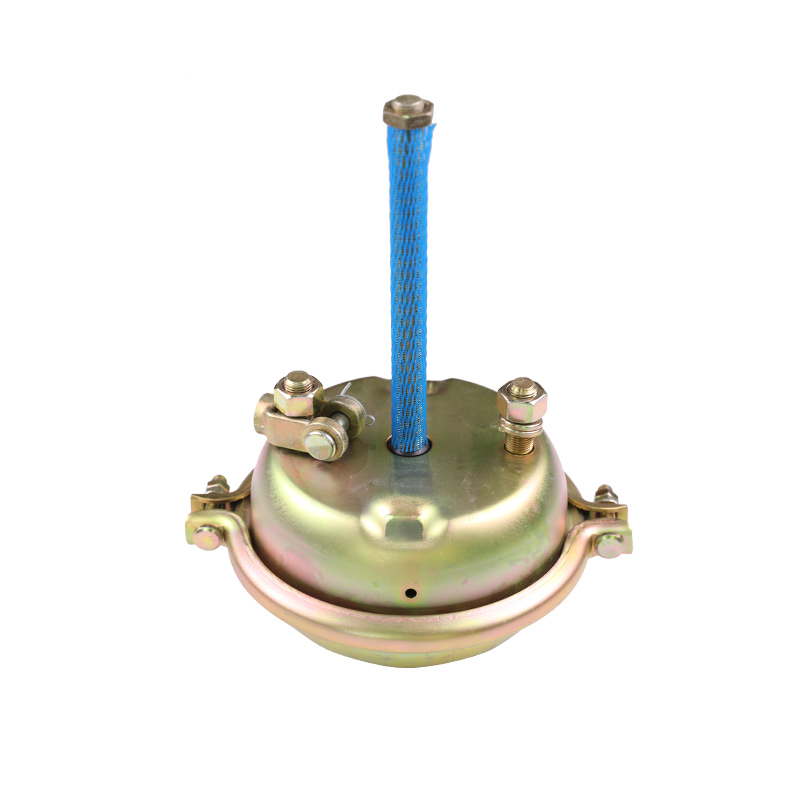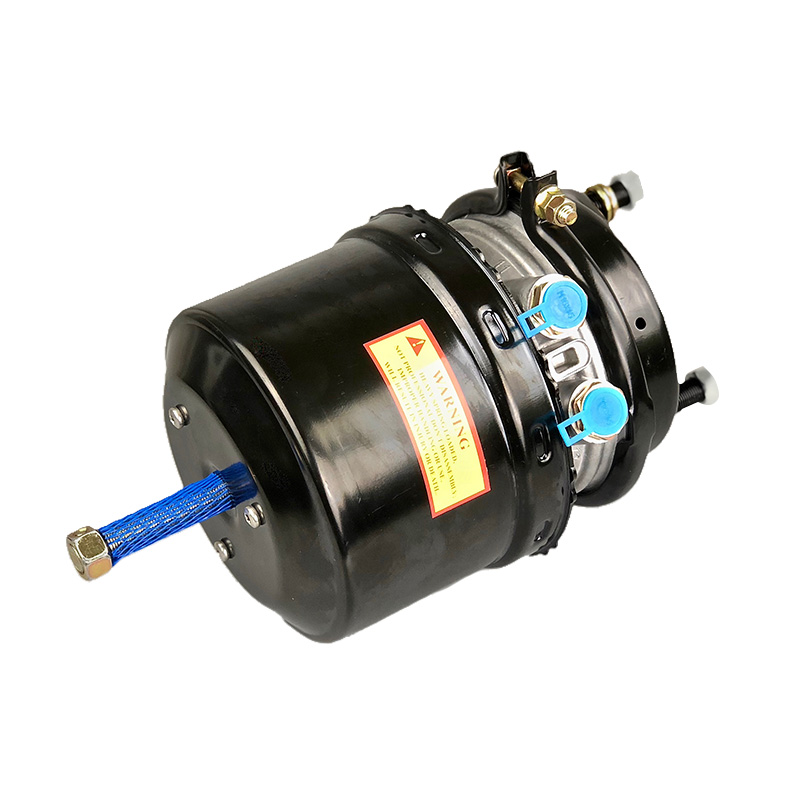The leakage problem of drain valve involves multiple technical factors, including mechanical structure damage, electrical control failure, air pressure fluctuations, and dirt interference. In order to effectively diagnose and solve this problem, the exhaust port should be first subjected to auditory inspection and foam testing to preliminary judgment on whether there is a leakage and its severity. If it is confirmed that there is continuous exhaust or intermittent air leakage, the drain valve assembly must be disassembled and the sealing gasket, valve core, spring and other consumable parts must be comprehensively inspected.
The sealing ring inside the drain valve is subject to long-term erosion by high-pressure airflow and erosion by oil, moisture and particle impurities, which is very prone to cracking, hardening or deformation, resulting in seal failure and causing leakage. In this case, it is recommended to replace the original seal of the same model, and avoid using non-standard parts or inferior substitutes to ensure reliable recovery of sealing performance.
If the body structure of the drain valve is intact but there is still a leakage, the working status of the control solenoid valve needs to be checked. Electronically controlled air dryers usually control the opening and closing of the drain valve through an electronic control unit (ECU). Any abnormal control signal or slow response of the solenoid valve may cause problems such as long discharge time or not tight closing. You can use a multimeter to measure the coil resistance and conduction state of the solenoid valve, and check the normal operation of the valve body under power-on conditions. If the solenoid valve fails or is stuck, it should be restored to its normal function by cleaning or replacement. At the same time, it is also necessary to check whether there are any problems such as poor contact, disconnection or control logic errors in the electronic control circuit. If necessary, use the diagnostic equipment to read the fault code and perform software-level parameter calibration and reset operations.
Leakage problems in drain valves may also be caused by the presence of oil mist or impurities in compressed air, which is particularly common in vehicles that are not maintained properly or use inferior compressor lubricating oil. The viscous deposits formed by mixing oil and water vapor are easily attached to the exhaust valve seat and guide parts, resulting in limited movement of the valve core or inability to reset, resulting in leakage. To this end, it is recommended to clean the exhaust passage regularly, use special cleaning agents to remove carbon deposits and oil stains, and strengthen the filtration function of the front-end oil-water separator. If necessary, a two-stage separation system can be installed to reduce the corrosion of pollutants on the drain valve.
In winter or low temperature environments, the occurrence of drain valve leakage is often related to icing in the valve body or exhaust passages. During the discharge process, the water vapor quickly encounters cold and freezes, causing the valve core to be stuck and unable to close, resulting in continuous air leakage. To prevent such ice blockage, the desiccant inside the air dryer should be checked regularly whether the desiccant absorbs and saturates, and replace it in time, and ensure the normal operation of the heater or the heat tray to ensure sufficient dehumidification and anti-freeze capabilities in low-temperature environments. For vehicles that frequently operate in severe cold areas, it is recommended to regularly check whether the exhaust holes are frozen and blocked. If necessary, consider using an electric heating drain valve or a product with temperature control automatic exhaust function to improve the reliability of the system in extreme environments.






